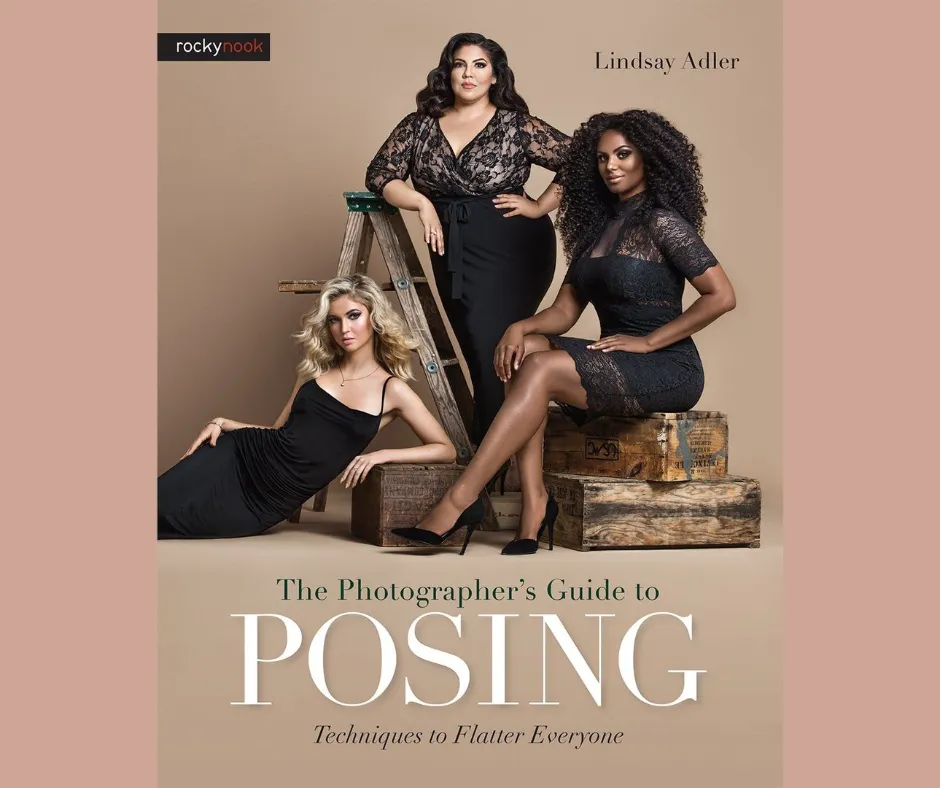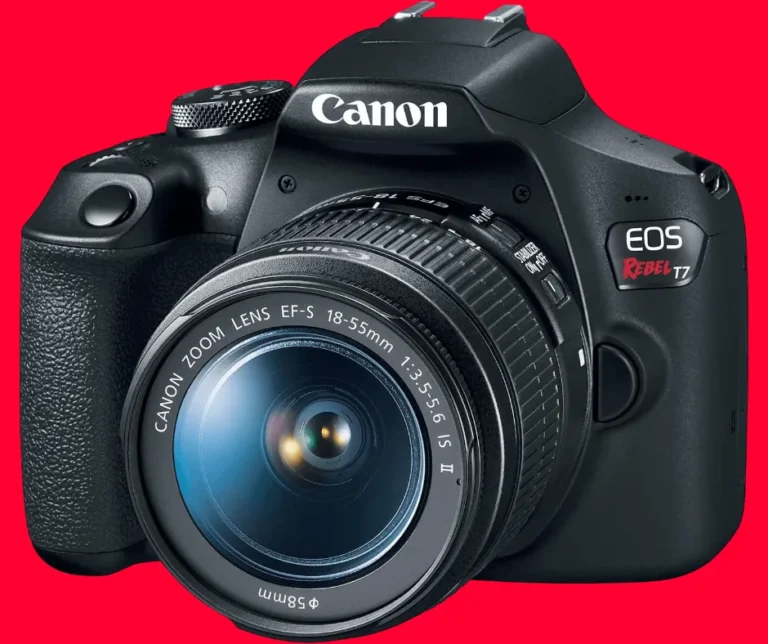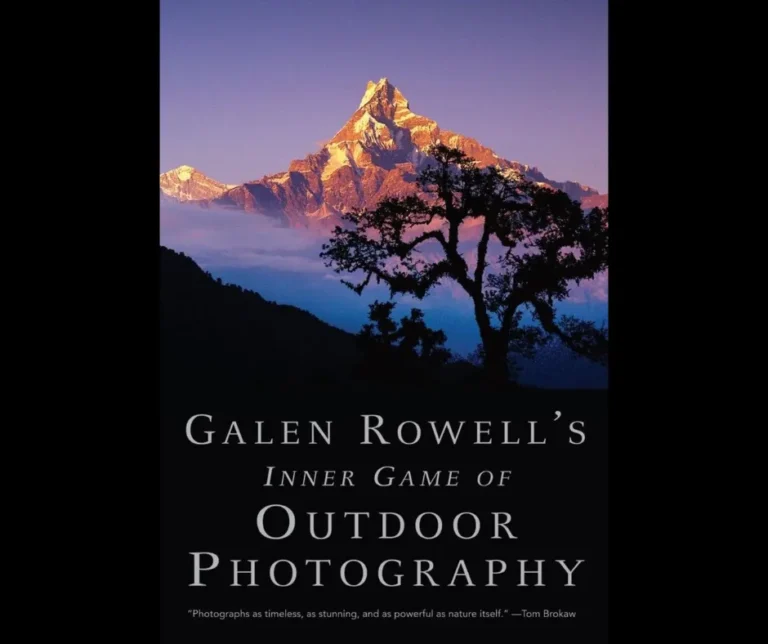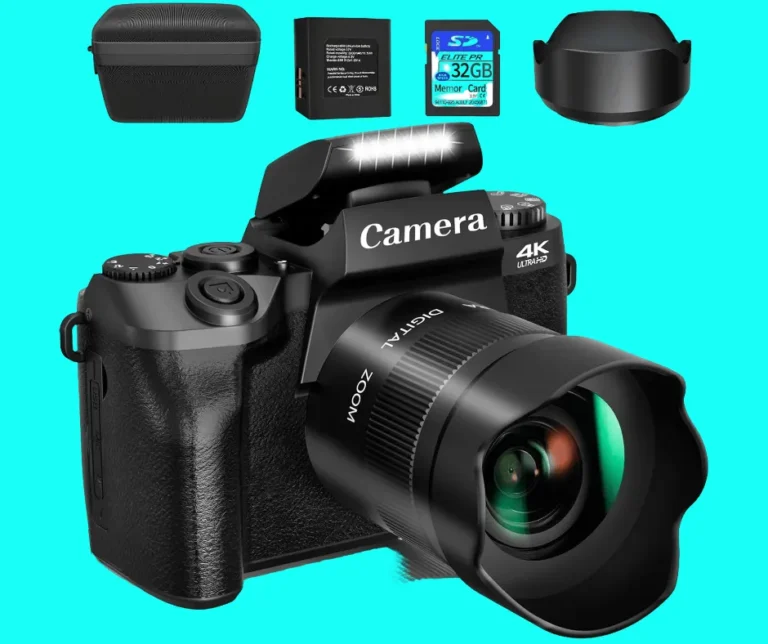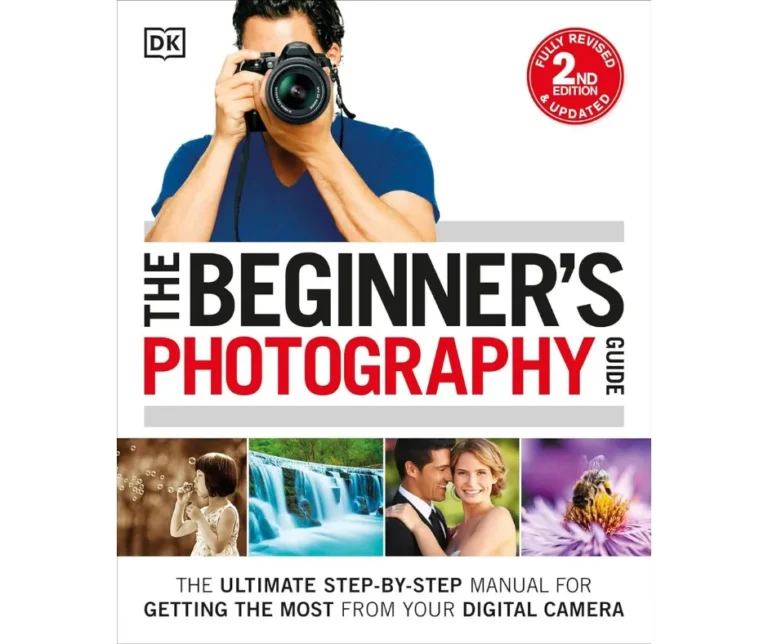The Art of Portrait Photography: Tips for Amateurs
If you’re an amateur photographer looking to improve your skills and take your photography to the next level, portrait photography is a great place to start.
Capturing the essence and personality of your subject through a lens is no easy feat, but with the right techniques, anyone can create stunning and impactful portraits.
The art of portrait photography requires a combination of technical skills, creativity, and the ability to connect with your subject.
In this article, we will explore tips and tricks that will help you master the art of portrait photography.
From lighting and composition to posing and directing your subject, we will cover everything you need to know to create stunning portraits that will leave a lasting impression.
Whether you’re an aspiring professional or simply looking to enhance your photography skills, these tips will guide you on your journey to becoming a master of portrait photography.
So grab your camera, get ready to unleash your inner artist, and let’s dive into the world of portrait photography.
Mastering the basics of composition
To truly excel in the art of portrait photography, it is essential to master the basics of composition.
Composition refers to the arrangement of elements within your frame, including the subject, background, and any other objects present.
By understanding the principles of composition, you can create visually compelling and impactful portraits.
One important aspect of composition is the rule of thirds, which involves dividing your frame into a 3×3 grid and placing key elements along the intersecting lines or at their intersections.
This technique adds balance, interest, and depth to your images.
Additionally, consider the concept of leading lines, where you use lines within the frame to guide the viewer’s eye towards the subject.
This can be achieved through natural elements like roads or architectural features.
Lastly, pay attention to the overall balance of your composition.
Avoid placing too much visual weight on one side and ensure that the elements within your frame complement and enhance the subject.
By mastering the basics of composition, you can elevate your portrait photography skills and capture stunning images that truly resonate with your audience.
Utilizing natural lighting techniques effectively
Next Paragraph about Utilizing natural lighting techniques effectively:
When it comes to portrait photography, mastering the art of utilizing natural lighting techniques effectively is crucial for capturing stunning images.
Natural light has a unique quality that can enhance the mood and bring out the natural beauty of your subjects.
To make the most of natural lighting, start by understanding the different characteristics it presents throughout the day.
The soft, warm light during the golden hour, which occurs shortly after sunrise and before sunset, creates a flattering and ethereal glow.
Take advantage of this time to capture captivating portraits with a touch of enchantment.
Additionally, consider the direction of the light.
Side lighting can add depth and dimension to your subjects, while backlighting can create a beautiful halo effect and emphasize their contours.
By experimenting with different angles and observing how light interacts with your subjects, you can create captivating portraits that truly showcase your skills as a photographer.
Remember to always be mindful of the natural lighting conditions and adapt your settings accordingly.
Mastering the utilization of natural lighting techniques is an essential skill for any aspiring portrait photographer.
Creating a comfortable and relaxed atmosphere
To create a comfortable and relaxed atmosphere for your portrait photography sessions, it is important to pay attention to the surroundings and interactions with your subjects.
Start by selecting a location that aligns with the mood and style you want to convey in your photographs.
Whether it’s a peaceful outdoor setting or a cozy indoor space, choose an environment where your subjects can feel at ease and be themselves.
Interact with your subjects in a friendly and approachable manner, making them comfortable in front of the camera.
Encourage them to relax, laugh, and express their true emotions.
This will not only create a more authentic and captivating portrait but also establish a connection between you and your subjects, resulting in a more enjoyable and productive photo session.
Remember, the key to capturing stunning portraits is to create an environment where your subjects feel comfortable and confident, allowing their true personalities to shine through.
Choosing the right props and backgrounds
When it comes to portrait photography, choosing the right props and backgrounds can significantly enhance the visual impact of your images.
Consider incorporating props that complement the theme or story you want to convey in your portraits.
Whether it’s a vintage chair, a bouquet of flowers, or a musical instrument, props can add depth and character to your compositions.
Additionally, selecting the appropriate background is crucial in creating a visually appealing and cohesive image.
A simple and uncluttered background can help draw attention to your subject, while a textured or colorful backdrop can add visual interest and create a unique atmosphere.
Experiment with different props and backgrounds to find the perfect combination that enhances the overall aesthetic of your portraits.
Remember, the art of portrait photography is about capturing the essence and personality of your subjects, and choosing the right props and backgrounds can play a significant role in achieving that artistic vision.
Capturing genuine emotions and expressions
One of the most valuable skills in portrait photography is the ability to capture genuine emotions and expressions from your subjects.
As an amateur photographer, it can be challenging to create an environment where your subjects feel comfortable enough to display their authentic selves.
However, by establishing a connection and building trust with your subjects, you can encourage them to let their guard down and reveal their true emotions.
Engaging in meaningful conversations, sharing personal anecdotes, and actively listening to their stories can help create a relaxed and friendly atmosphere during the photoshoot.
Additionally, using prompts and directing your subjects in a way that elicits natural reactions can also result in capturing those genuine moments.
Remember, the art of portrait photography goes beyond technical skills; it requires a genuine connection and an understanding of human emotions to truly capture the essence of your subjects.
Overall, portrait photography is an art that takes time and practice to perfect.
But with these tips in mind, you can begin to capture stunning portraits that truly capture the essence of your subject.
Remember to experiment with different lighting, angles, and poses to find what works best for you and your style.
Keep practicing and learning, and you will see improvement in your portrait photography skills.
With dedication and patience, you can become a master of the art of portrait photography.
FAQ
What are some key tips for amateurs looking to improve their portrait photography skills?
If you’re an amateur looking to improve your portrait photography skills, here are a few key tips for you.
Firstly, focus on lighting – experiment with natural light and learn how to use artificial light sources effectively.
Secondly, pay attention to composition – try different angles and framing techniques to create visually appealing portraits.
Thirdly, connect with your subject – establish a rapport and make them feel comfortable in front of the camera to capture genuine expressions.
Lastly, practice regularly and learn from your mistakes – keep experimenting and pushing your boundaries to grow as a portrait photographer.
How can amateurs effectively use natural lighting to enhance their portrait photography?
To effectively use natural lighting for portrait photography, you should position your subject near a large window or in an open shaded area.
Avoid direct sunlight, as it can create harsh shadows and squinting.
Utilize the “golden hour” – the hour before sunset or after sunrise – for warm and soft lighting.
Experiment with different angles and perspectives to capture interesting shadows and highlights.
Consider using a reflector or white foam board to bounce light onto your subject and reduce shadows.
Lastly, don’t be afraid to experiment and practice with natural lighting to develop your own unique style.
What are some common mistakes that amateur portrait photographers make, and how can they be avoided?
As an amateur portrait photographer, you may often make some common mistakes that can affect the quality of your photographs.
One common mistake is not paying attention to the lighting.
To avoid this, make sure to position your subject in a well-lit area or use artificial lighting when necessary.
Another mistake is not engaging with your subject.
To avoid this, establish a connection by communicating and making them feel comfortable.
Lastly, amateur photographers often forget to adjust the composition.
Avoid this by considering the rule of thirds and experimenting with different angles.
By being mindful of these mistakes, you can improve your portrait photography skills.
Are there any specific camera settings or equipment recommendations that can help amateurs capture better portrait photographs?
To capture better portrait photographs, you can start by using a DSLR camera with a portrait lens, such as a 50mm or 85mm lens, to achieve a shallow depth of field and create a pleasing background blur.
Set your camera to aperture priority mode and choose a wide aperture (like f/2.
8 or lower) to focus on the subject’s face while blurring the background.
Additionally, adjust your ISO to ensure proper exposure without introducing too much noise.
Finally, experiment with different lighting techniques, such as natural light or using a reflector, to enhance the subject’s features and create a flattering portrait.
How can amateurs create a comfortable and relaxed atmosphere for their subjects during portrait photography sessions?
To create a comfortable and relaxed atmosphere for your subjects during portrait photography sessions, you can start by greeting them warmly and making them feel welcome.
Engage in friendly conversation to build rapport and make them feel at ease.
Encourage them to express themselves, and be open to their ideas and suggestions.
Create a calm and peaceful environment by using soft lighting and soothing music if needed.
Give clear instructions and offer positive feedback to boost their confidence.
Finally, take the time to listen to their concerns and address them accordingly.
By doing so, you can help create an enjoyable and relaxed atmosphere for your subjects.

